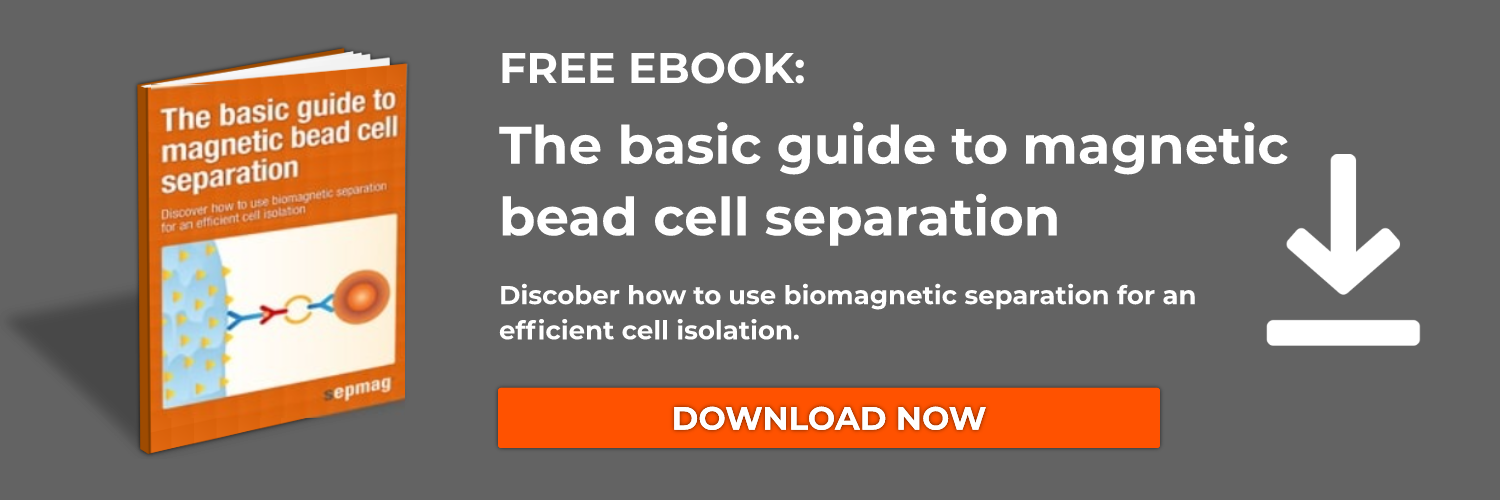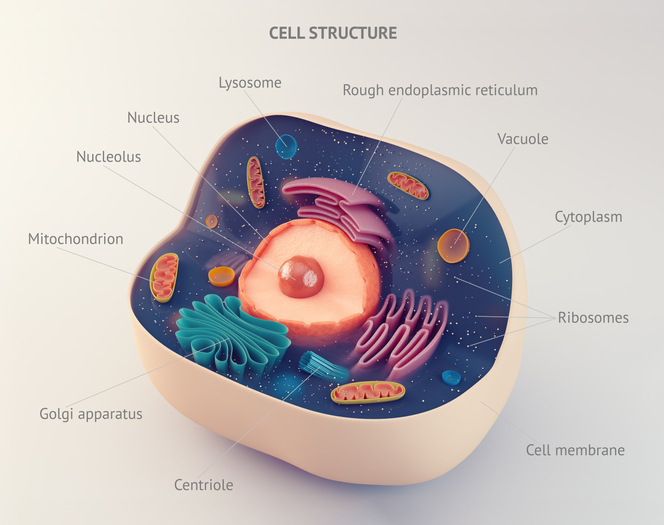Overview of cell biology and its importance
The main two categories of cells are prokaryotic and eukaryotic cells. Prokaryotic cells are what make up bacteria and archaea while eukaryotic cells make up organisms of the domain eukaryota. The inside of the prokaryotic cell houses it’s genetic material, DNA, in a region called the nucleoid region. There are also ribosomes within the central region of the bacteria. The next layer is the plasma membrane, a bi-lipid layer like you will see for eukaryotic cells. Unlike eukaryotic cells, prokaryotic cells will have a cell wall and a capsule surrounding the cell membrane. The eukaryotic cell is surrounded by a lipid membrane, and has membrane-bound organelles. The genetic material, DNA, is stored in the nucleus which is a membrane bound organelle. In research, many different types of cells are used. Bacterial cells are used in protein purification to grow a plasmid to express a protein of interest. You can read about this in our article protein expression and purification. Many types of Eukaryotic cells are used to do in vivo studies. Depending on your research interests, you might use muscle cells, or skin cells, or cancer cells.
Where to start a cell centrifugation
Laboratory experiments often require the separation of the components of the cell to study their characteristics individually. The ability to separate cell components has allowed scientists to discover the pathways and intricate mechanisms of the cell. Scientists often use methods such as sonication or chemical lysis to disrupt the cell membrane (break the cell open) and release the contents. You can read about these techniques in articles about cell lysis buffer and sonication cell lysis protocol. This will release the cell components without destroying them. Everything from organelles to mitochondria to ribosomes will be let out into a solution of your choice, usually made to mimic cell conditions in pH and ion composition.
Cell centrifugation, an overview
To separate the biological elements you are interested in studying, you can use a centrifuge to do “cell centrifugation.” The speed at which a biological element settles to the bottom of a solution is largely determined by its density and mass. Centripetal force, which moves about an axis (in a circle) can be used to make this process occur fast as compared to waiting for gravity to settle out the crucial elements of an experiment. Described in more detail below, the differential sedimentation will the largest masses will separate first, then the smaller with increasing speeds. We will also describe the density gradient centrifugation in which solutions of controlled densities can be used to spread out molecules in a gradient instead of the pelleted result of a differential sedimentation.
Homogenization (cell lysis) in more detail
The cellular extract is just a sample of cells in some kind of matrix. This matrix can be natural such as blood, or it can be artificially prepared with the addition of salts and pH adjustments to resemble the internal environment of the cell. An artificial matrix is very common if the cells are a population that have been isolated via cell sorting techniques such as magnetic bead cell separation. The artificial matrix can be beneficial because the cells are going to be broken and all of the organelles are going to be bathed in the solution. If the exterior matrix is drastically different from the interior of the cell it introduces the possibility of unnatural changes to the organelles in the new environment. Usually the goal is to study the organelle or components of an organelle in as natural a state as possible, and the matrix is a big part of this. Obviously, homogenization and centrifugation will place stress on these biological systems, so it won’t be perfect, but we must always consider how to best mimic the natural environment when doing experiments.
Homogenization can be performed mechanically (ultrasound waves, usually from a probe) or chemically (detergents to disrupt the lipid membrane bilayer). The key is to use just enough time and intensity during the ultrasound process or just enough detergent to cause the disruption without putting the organelles into a harsh environment. Some organelles also have membranes that may be temporarily disrupted during this process, but, as in the case of the endoplasmic reticulum, they can recover and form microsomes that maintain the original chemical conditions.
Differential Sedimentation Technique
Sedimentation is the process whereby denser particles fall out of suspension due to the force of gravity over time. This process can occur in a much shorter time when centrifugal force is used to achieve forces many times greater than gravity. The speed at which the centrifugation is performed at determines which particles migrate to the bottom of the tube to form a pellet. Differential sedimentation in cell centrifugation is a stepwise process in which multiple centrifugal sessions are completed at increasing centrifugal speed (force). At lower speed the larger biological elements such as the whole cells, nuclei, and cytoskeleton form the pellet. The supernatant is extracted and centrifuged at medium speed to draw the mitochondria into a new pellet. Again, the supernatant is isolated and centrifuged at higher speeds to collect the microsomes and small vesicles. At very high speed the ribosomes, viruses, and large macromolecules will migrate into the pellet. After this stage we have a handful of crudely separated cellular organelles. The next step is used to clean them up and separate them into neatly defined populations.
Density Gradient Centrifugation Technique
This final step of the cell centrifugation process requires a centrifuge tube that is packed with a solution or material formed into a density gradient. A commonly used substance is sucrose. The more dense solutions are at the bottom of the tube, and the sucrose density decreased up the tube. This media adds another layer of material that the sample components need to migrate through during centrifugation. The end result is neatly separated components based on density. These fractions are collected by fractionating them out from the bottom of the tube into clean sample collectors.
At the end of the cell centrifugation process you will have clean fractions of each cellular organelle that can be used for further study. As an example, individual proteins can be collected via immunoprecipitation or biomagnetic protein purification, and further studied with enzyme immunoassays.
Biomagnetic separation to collect whole cells
Centrifugation is an effective way to separate cell organelles once the cell is lysed, but before we get to this step we need a healthy population of whole cells. A quick and gentle way to obtain an enriched population of whole cells is through biomagnetic separation. This is especially true if a modern separation rack is used. These racks generate constant magnetic force throughout the sample volume, which means that the cells closest to the magnet experience the same force as those farthest from the magnet and are less likely to be stressed or damaged.

Related news
- Magnetic particles for intracellular protein delivery
- Industrial uses of enzymes
- Magnetic beads protein A




